Tucked in the far northwest corner of Yunnan Province, near the edge of the Tibetan Plateau, lies Shangri-La, a land that seems to drift between fiction and reality. First immortalized by British author James Hilton in his 1933 novel Lost Horizon, Shangri-La was depicted as a remote, peaceful paradise untouched by time. Today, visitors from around the world come to this breathtaking region hoping to walk through a real-life version of that dream—a hidden Himalayan utopia rich in Tibetan culture, deep spiritual roots, and natural beauty.
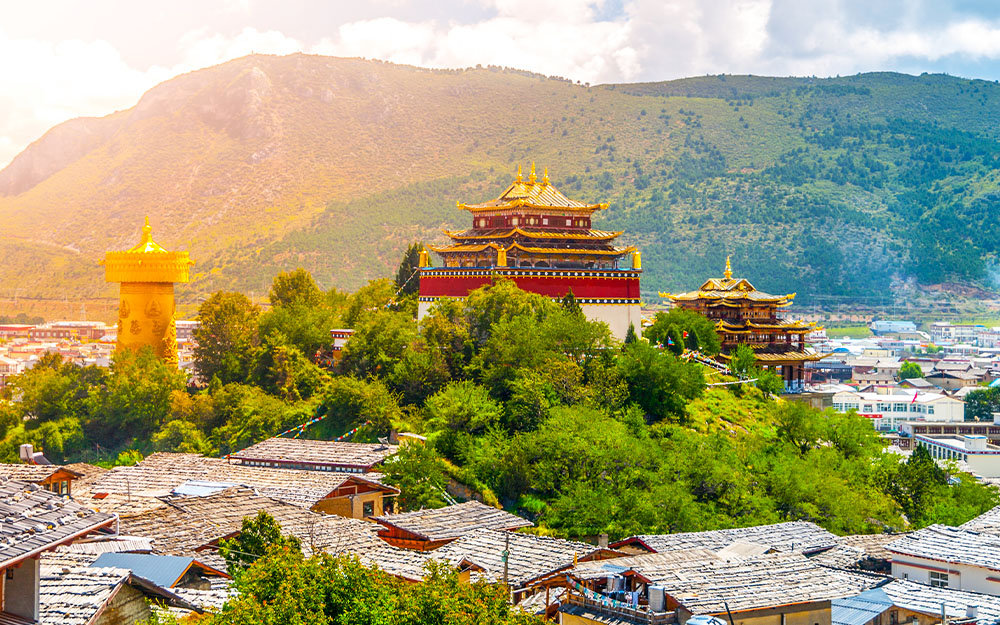
But this place is more than just the backdrop of a novel. It is a living landscape where prayer flags dance in the wind, snow-capped peaks tower above alpine meadows, and traditions flow quietly through ancient monasteries and highland villages.
The Real-Life Shangri-La: From Fiction to Footpath
In Lost Horizon, Shangri-La is a secluded monastery deep in the Himalayas, a sanctuary of serenity and wisdom. Though Hilton never visited Asia, many believe his vision was inspired by tales from Tibetan areas in southwestern China—especially the region now known as Zhongdian, renamed Shangri-La (香格里拉) in 2001 to honor its mythical connection.
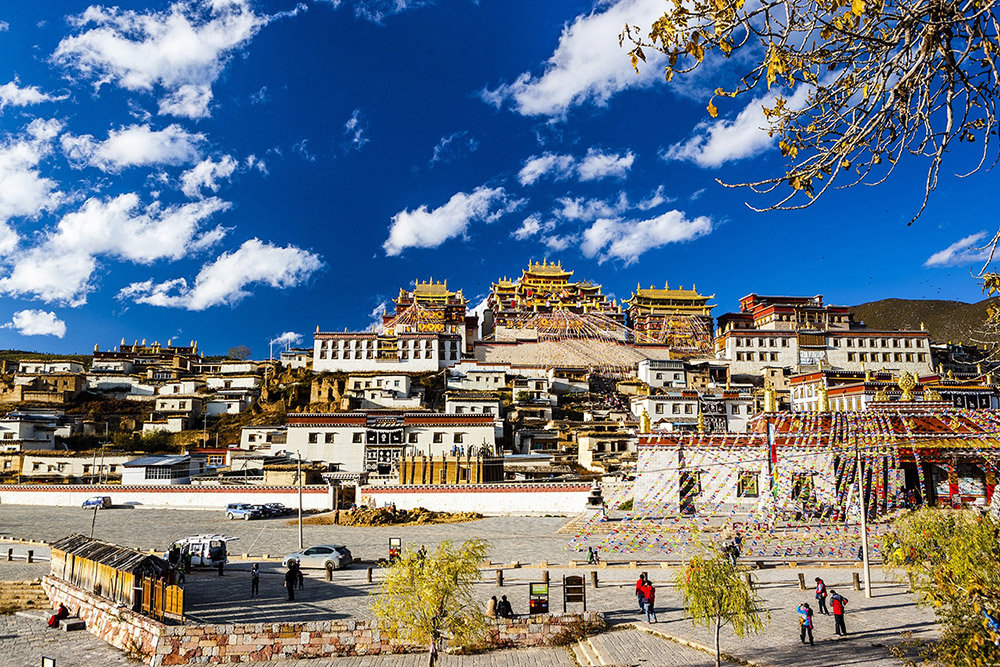
Walking through the old town of Shangri-La or standing at the edge of a misty lake at sunrise, it’s easy to see why people associate this place with a dreamlike paradise. The blend of Tibetan culture, untouched wilderness, and slow rhythms of life match Hilton’s vision more closely than anywhere else.
Songzanlin Monastery: A Living Monastic Marvel
At the heart of Shangri-La’s spiritual life is the Ganden Songzanlin Monastery, the largest Tibetan Buddhist monastery in Yunnan. Often called “Little Potala Palace” for its resemblance to the famous structure in Lhasa, it is home to hundreds of monks and is a sacred pilgrimage destination for Tibetan Buddhists.
Wander through its golden-roofed halls, listen to the soft hum of mantras, and observe the intricate murals that tell stories of the Buddha’s life. Every step here is steeped in symbolism and reverence. Visitors are welcome to quietly observe daily rituals, light butter lamps, and spin prayer wheels along pilgrimage paths.
Pilgrimage, Prayer Wheels, and Tibetan Festivals
Shangri-La’s spiritual life is deeply tied to the rhythms of Tibetan Buddhism. Locals participate in clockwise kora (pilgrimage circuits) around temples and sacred mountains, spinning prayer wheels with each step, believed to release blessings and compassion into the world.
If you visit during Losar (Tibetan New Year) or Gedong Festival, you’ll witness colorful masked dances, incense rituals, and temple ceremonies that blend devotion with dramatic performance. These festivals are deeply communal, bringing together generations in celebration and prayer beneath snowy peaks.
Natural Wonders: The Horizon That Doesn’t Disappear
Beyond its cultural richness, Shangri-La’s natural beauty is otherworldly. The region’s high-altitude landscapes shift from alpine meadows to deep canyons and glacial lakes, offering some of the most dramatic scenery in southwest China.
Begin with a visit to Pudacuo National Park, China’s first national park to meet international standards. Here, you’ll find sparkling lakes like Shudu and Bita, dense rhododendron forests, and quiet wetland meadows home to yaks, black-necked cranes, and rare orchids.
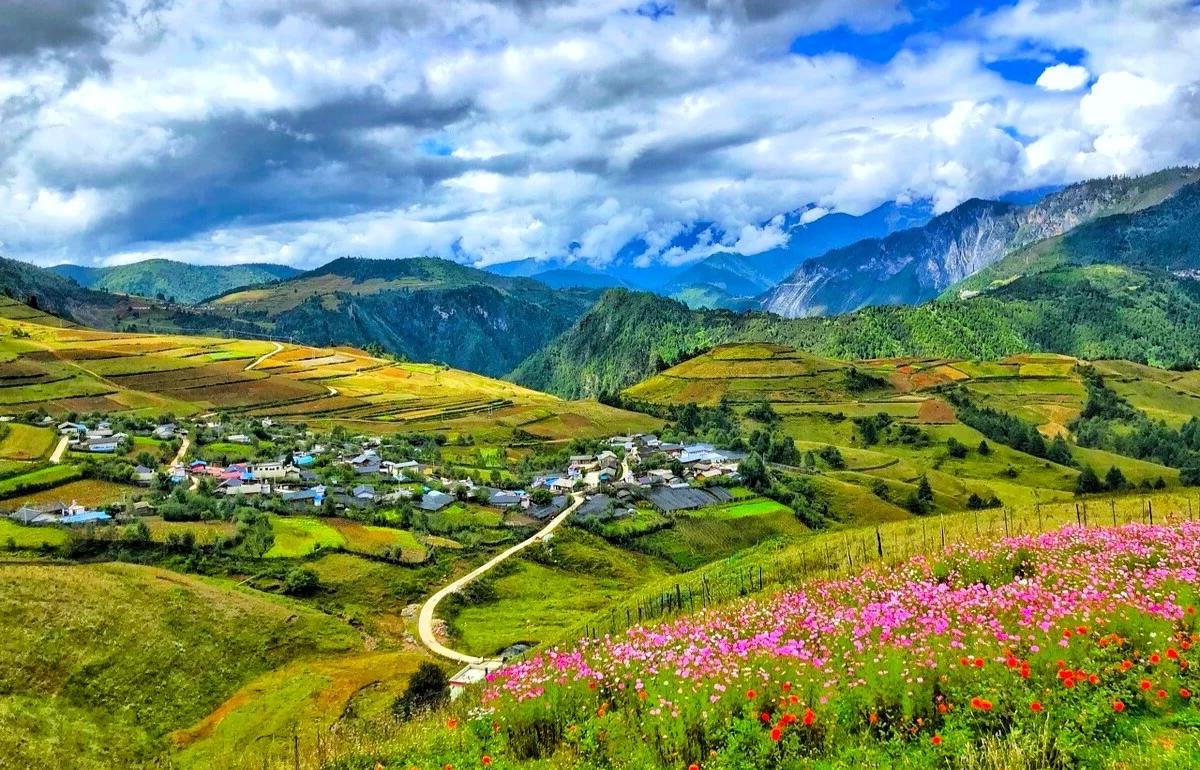
To the northwest, Meili Snow Mountain rises with stunning majesty. Its highest peak, Kawagebo, is considered sacred in Tibetan belief and remains unclimbed out of deep respect. Pilgrims travel hundreds of kilometers to complete the kora around the mountain, a spiritual journey as much as a physical one.
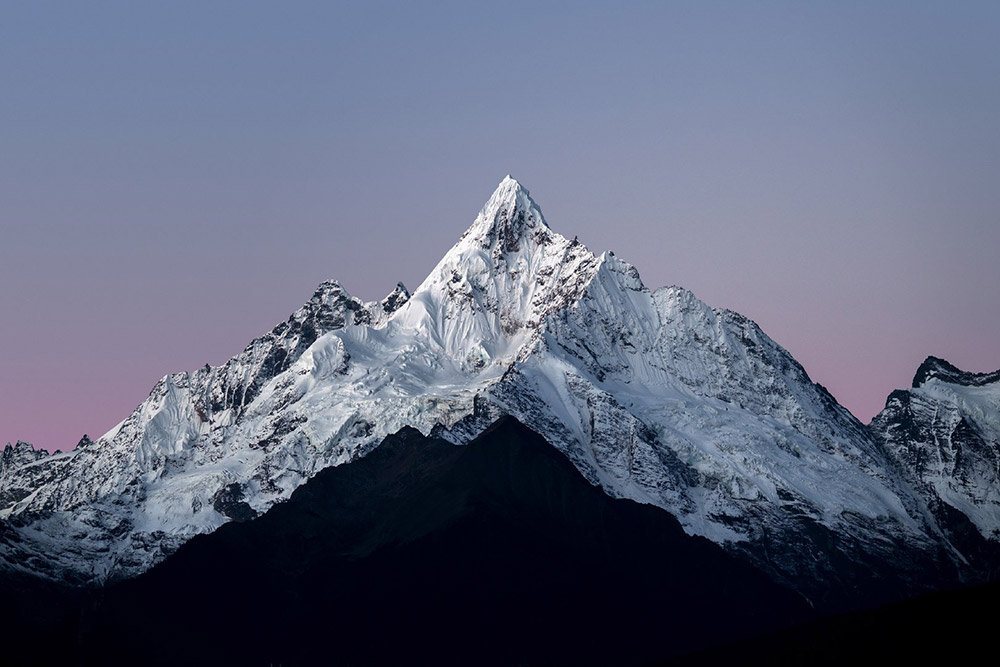
Not far from the town is Napa Lake, a seasonal wetland that transforms throughout the year. During the rainy season, it becomes a shimmering inland sea; in drier months, it becomes a golden pasture where yaks and horses roam freely.
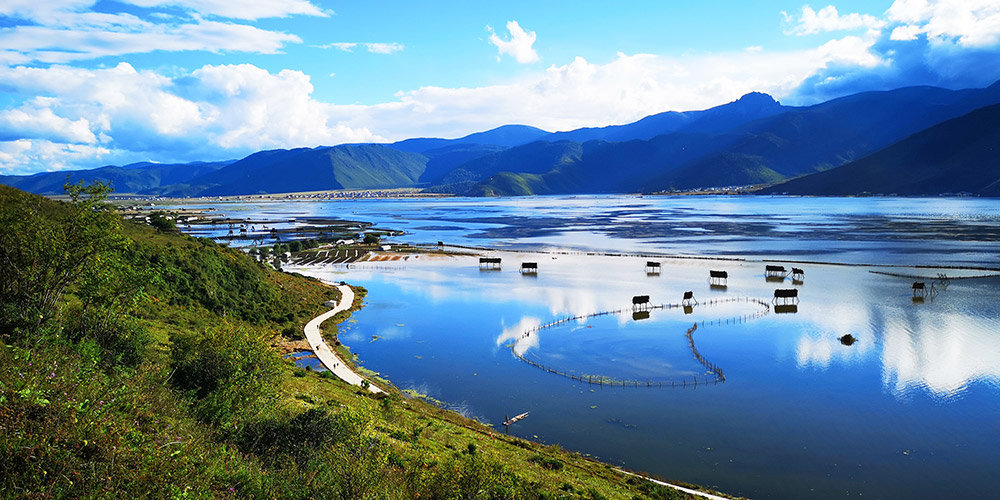
For those seeking more rugged terrain, Balagezong Grand Canyon offers a dramatic contrast—steep cliffs, narrow valleys, and hidden waterfalls, where Tibetan villages nestle between dramatic stone walls. Part nature reserve, part cultural preserve, this area lets you see a wilder side of Shangri-La.
Local Life and Artistic Heritage
Wandering through the old town of Shangri-La, rebuilt after a fire in 2014, you’ll find cobbled lanes, Tibetan-style houses with intricately carved windows, and small family-run shops selling thangka paintings, prayer beads, yak wool scarves, and handcrafted incense burners.
Locals are proud of their heritage. You might be invited into a traditional Tibetan home for a cup of yak butter tea or fresh barley bread. Many families maintain Tibetan artistic traditions, from handwoven textiles to storytelling and folk singing, especially in villages like Nixi, known for its distinctive black pottery.
A Taste of the Highlands
The highland cuisine is warming, savory, and rooted in the rhythms of the land. Try tsampa (roasted barley flour), yak meat stew, Tibetan-style momo dumplings, or wild mushroom hotpot sourced from the forests around Pudacuo. In the morning, Tibetan butter tea or yak milk yogurt provides a hearty start to a mountain day.
Don’t miss out on trying highland barley wine, often served during festivals or family gatherings—it has a rich flavor and is deeply tied to the hospitality of the Tibetan people.
A Journey into Timelessness
Shangri-La, in every quiet corner and sweeping vista, embodies what Hilton wrote about in Lost Horizon—a place where time slows, nature heals, and human spirit flows with peace and clarity. Whether you’re tracing a mountain trail under colorful prayer flags, listening to the gentle beat of monastery drums, or watching the sunset over Napa Lake, it’s easy to believe you’ve stepped beyond the ordinary world.
This isn’t just a literary destination. It’s a living dream—painted with snow peaks, prayer flags, and the quiet wisdom of a people who have lived close to the sky for centuries.
Contact us today to craft your dream China adventure!

